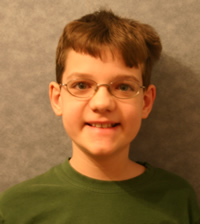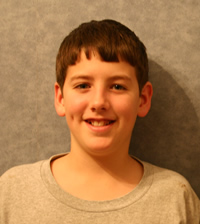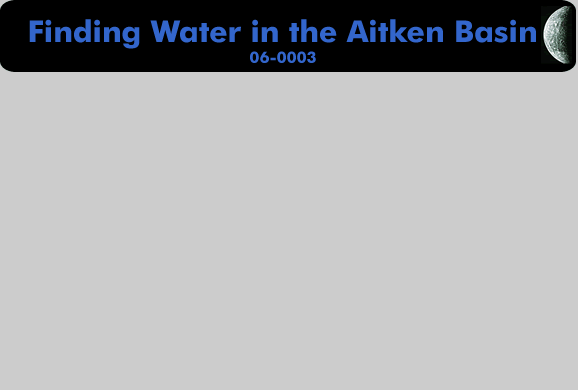Extra Information: The People (Website Team)
| Michael is in the sixth grade at Dewitt Perry Middle School.
He enjoys playing video games, building with Lego bricks, and on occasion,
cooking. His favorite subjects are math and band (he plays the clarinet).
He lives with his mother, father, and older brother. He hopes to someday
become a Lego master builder. |
 |
 |
Joshua is also in the sixth grade at Dewitt Perry Middle School. His favorite activities are playing basketball and soccer, playing with his little brother and sister, and doing arts and crafts. His favorite subjects are P.E and band (he plays bassoon). He is interested in graphic arts, including digital photography and website design. |
The Process
After making a commitment to each other, we started researching the topic to get an understanding of the assignment. Because this is the most extensive project we have ever tried to do, we decided to take a "project management" approach. During Thanksgiving Break, we got together and made a list of the steps needed and set a timeline based on our estimates of how long each task would take. We also considered how each aspect of the project is weighted in the judging.
Below is the timeline we established:
1) December 18-- complete research and finish preliminary write up regarding
the required questions (Lunar landscape, MER robots, lunar robots, possible
robot technology, etc) with Bibliography
2) December 23 – Dreamweaver Training and basic web layout
3) January 7 – complete Robot Design
4) January 18 – complete entire project (including pictures and animation
of our “mock” robot)
We set an early completion date to allow us time to make additional edits after our robotics instructor (science teacher) got to see the website on January 18.
After setting up our timeline, we decided who would be responsible for which aspects of the project. Then, we worked independently doing more research. After dozens of hours of research, we met with our robotics instructor and told him our ideas. He gave us some key terms in robot design to help make our web searches more productive. Then, we continued doing MORE RESEARCH. It was such a relief when we could start drawing and building our robot, because that meant we could take a break from the hours spent doing research. We did have to go “back to the drawing board” more than once in designing our robot, though.
Learning Macromedia Dreamweaver (and Fireworks for the graphics) was a fun part of the project as well. It was really cool when our animated gif images FINALLY worked right.
One of the main reasons we were able to finish this project was because we
worked well together as a team. Every time we got together, we would evaluate
where we were in the timeline and what else needed to be done. Then, we would
divide up the tasks. Overall, we both seem to have contributed equally to
the project.








